To have a lush garden in autumn you need to plant bulbs, evergreen shrubs, autumn flowers, perennials and fruit trees.
Autumn plants for the garden
The autumn It is an ideal season to enrich the garden with new plantsincluding plants bulbous such as tulips and daffodils, evergreen shrubs like camellias, and autumn flowers like chrysanthemums.
Furthermore, the perennial plants During this period they guarantee a luxuriant flowering in the following seasons.
Camellias are planted in autumn and bloom in spring – Photo Pixabay
With all this choice it will be possible combine the various species of plants to have a one-of-a-kind garden.
Planting in autumn, all the advantages
Planting in the fall offers numerous advantages: the soil still retains the heat accumulated during the summer, favoring the development of the roots.
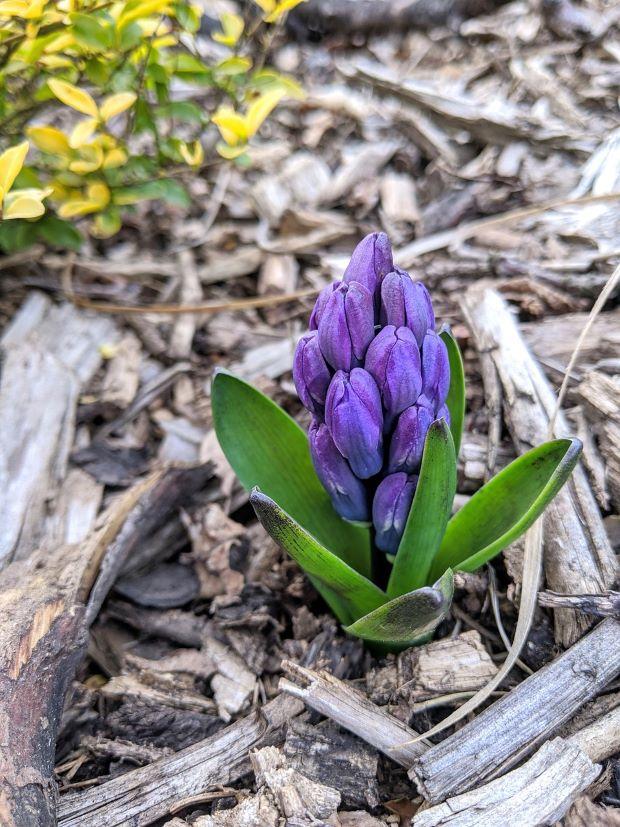 Hyacinth, a bulbous plant to plant in autumn – Photo Pixabay
Hyacinth, a bulbous plant to plant in autumn – Photo Pixabay
The lowest temperatures reduce stress water on the plants, while autumn rains ensure the necessary humidity.
Furthermore, this season there is a less activity Of parasites e illnessesallowing plants to establish without excessive threats.
Preparing the garden in autumn also means bring forward springensuring early and abundant flowering.
Practical advice for autumn planting
Before starting the plantation, it is essential prepare the ground by eliminating weeds and working it deeply; adding compost or well-rotted manure improves the structure and fertility of the soil.
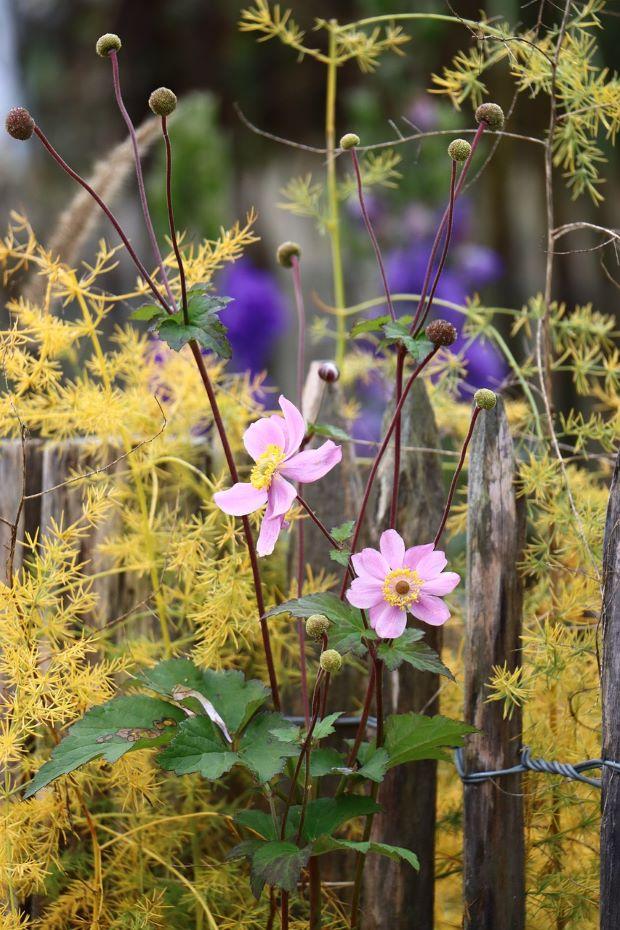 Autumn Garden – Photo Pixabay
Autumn Garden – Photo Pixabay
After planting, it is advisable water abundantly to eliminate any air pockets around the roots.
Apply a layer of organic mulch helps conserve moisture and protect roots from the cold.
Regularly monitoring your plants for early detection of problems is essential to ensure healthy growth.
The best autumn bulbs for the garden
Bulbous plants are among the protagonists of autumn: in fact the growing tulips First of all, daffodils and hyacinths, planted in this season, offer floral displays in spring.
Tulips offer a wide range of colors and shapes, ideal for creating colorful flowerbeds.
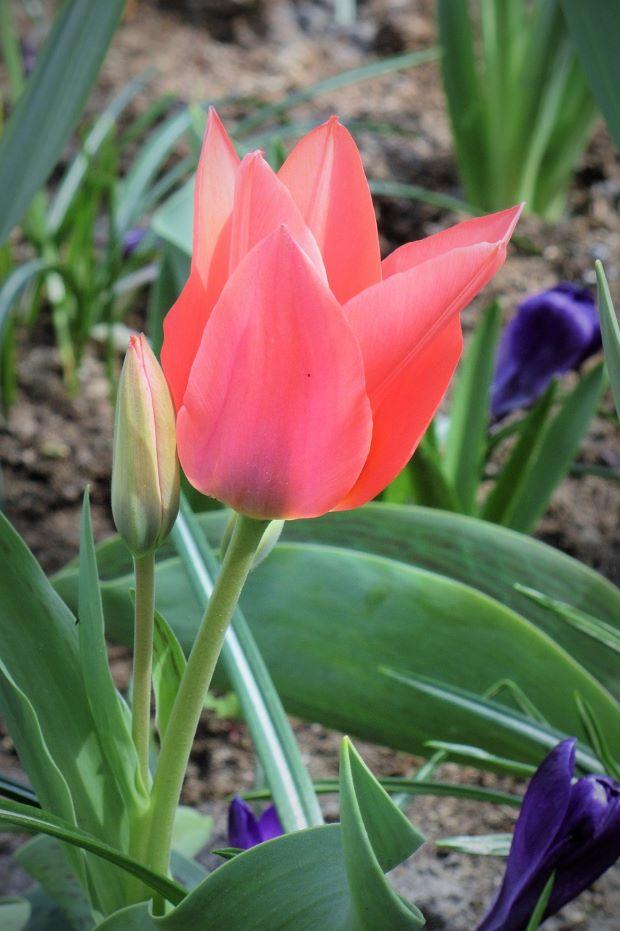 Tulips are always a winning choice. Photo by Pixabay
Tulips are always a winning choice. Photo by Pixabay
I daffodilswith their fragrant flowers, are hardy and easy to grow. Hyacinths add a touch of elegance with their dense, fragrant inflorescences.
It is advisable plant the bulbs in well-drained soil, at a depth equal to two or three times their height, to avoid water stagnation which could damage them.
Evergreen Shrubs to Plant in Fall
Evergreen shrubs bring structure and color to the garden all year round: the camelliafor example, offers spectacular flowers and shiny leaves.
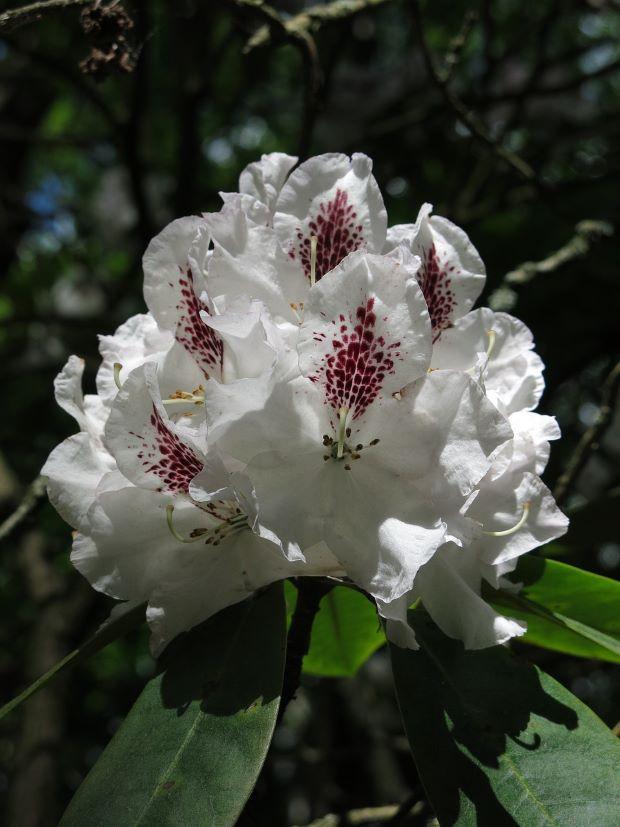 Rhododendron flower – Photo Pixabay
Rhododendron flower – Photo Pixabay
Planted in autumn, it has time to develop a strong root system before winter. The holly It is another interesting option especially in view of Christmas, with its spiny leaves and decorative red berries.
Il rhododendronwith its abundant spring flowering, benefits from autumn planting in acidic, well-drained soil. These shrubs require partially shaded positions and protection from cold winds.
How to color the garden in autumn with flowers
To keep the garden lively even in the autumn months, the chrysanthemumsThe aster e the cyclamens They are excellent choices, also because they offer a wide range of colors and shapes.
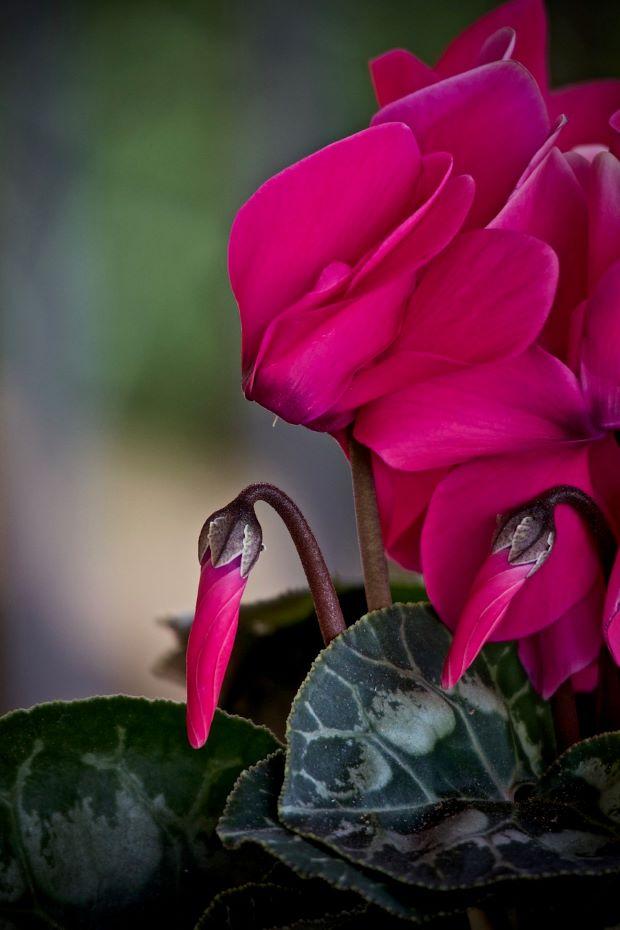 Cyclamen in bloom – Photo Pixabay
Cyclamen in bloom – Photo Pixabay
Asters, known as Septembersthey bloom until the first frost, attracting pollinating insects.
Cyclamens, with their delicate flowers and decorative leaves, thrive in shady areas.
Planting these flowers in the fall allows you to enjoy a colorful garden even when other plants begin to fade.
Perennials to Plant in Fall
The lavenderechinacea and heuchera are perennials that benefit from fall planting.
Lavender, with its characteristic scent, prefers well-drained soil and sunny positions.
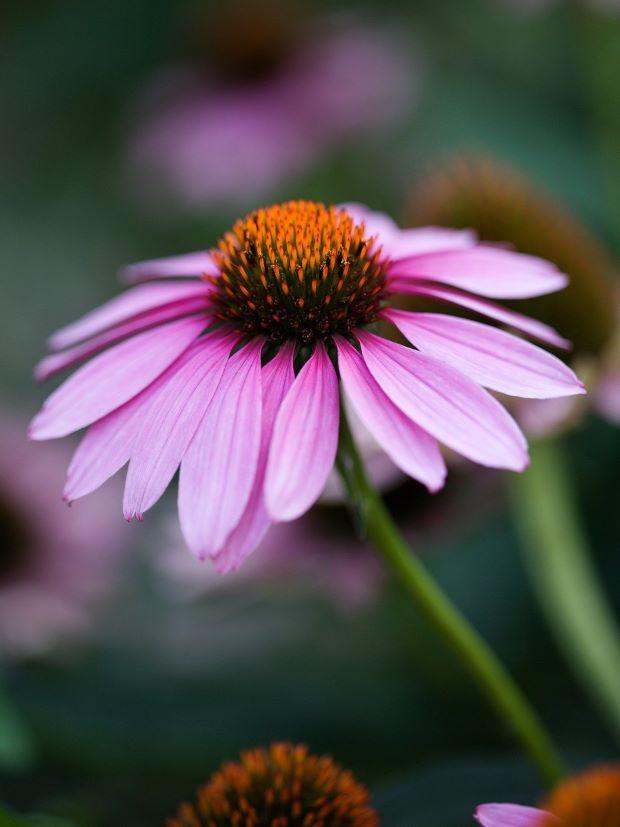 Echinacea flower. Photo by Pixabay
Echinacea flower. Photo by Pixabay
L’echinaceaknown for its medicinal properties, attracts butterflies and bees, contributing to the garden’s biodiversity.
The heucherawith its colorful leaves, adds visual interest throughout the year. Preparing the soil with organic compost improves fertility and promotes healthy, vigorous growth of these plants.
Fruit trees in autumn
Autumn is also the ideal time for planting fruit trees like apple, pear and cherry trees, this is because the climatic conditions favor rooting and allow the trees to concentrate on root development.
This ensures a more robust growth and better fruit production in subsequent years.
It is important to choose varieties suited to the local climate and prepare suitable planting holes, enriched with organic matter.
Ornamental Herbs to Plant in Autumn
The ornamental grasses such as fescue, miscanthus and pennisetum add movement and texture to the garden; also planted in the fall, they develop strong roots that help them withstand winter conditions.
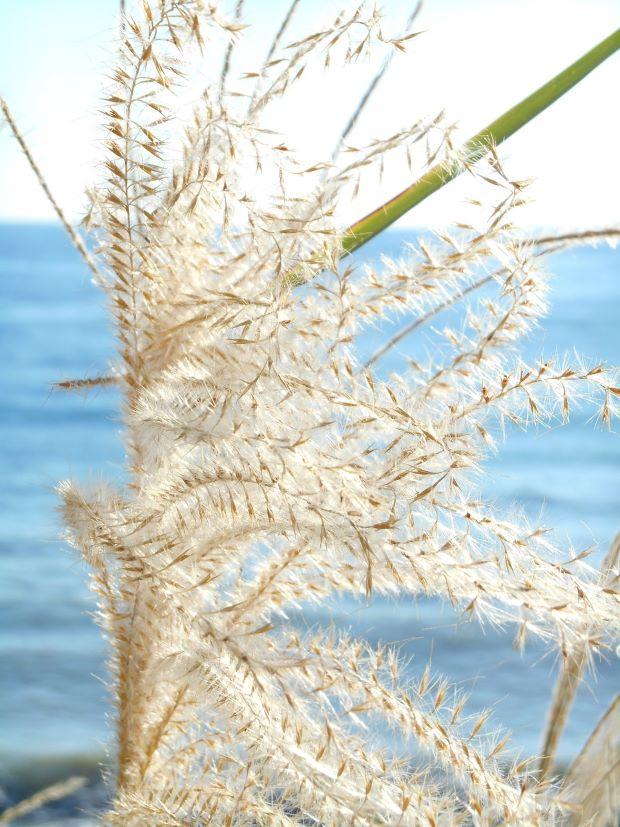 Mincanto, an ornamental grass – Photo Pixabay
Mincanto, an ornamental grass – Photo Pixabay
These plants are ideal for creating bordure e flowerbedsand some varieties produce decorative inflorescences that persist through the winter, providing interest even in the coldest months.
Creating Plant Combinations for Greater Impact
Combining different species of plants in a strategic way can transform an ordinary garden into a dynamic and fascinating space.
Pairing spring bulbous plants with autumn perennials ensures a continuous floweringoffering visual interest throughout the year.
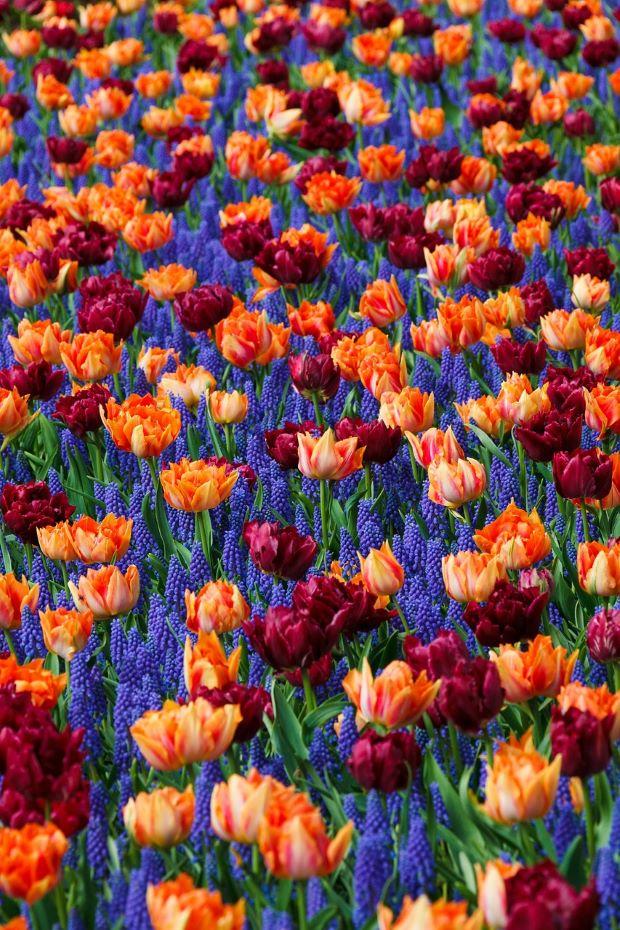 Flower combination with tulips and lavender. Photo by Pixabay
Flower combination with tulips and lavender. Photo by Pixabay
For example, planting tulips, lavender and daffodils next to echinacea and asters allows you to enjoy a sequence of brightly colored blooms. The use of ornamental grasses such as miscanthus or pennisetum adds movement and texturecreating interesting contrasts with the broad leaves of plants such as heuchera.
Consider the heightsthe shape and the colors of plants helps to create balanced and harmonious compositions. It is important to take into account the light, water and soil type requirements of each species to ensure that all plants grow healthily.
Plan seasonal combinations allow you to have a garden that always offers something new to admire, maximizing the aesthetic impact and personal satisfaction.
Source: www.lavorincasa.it


